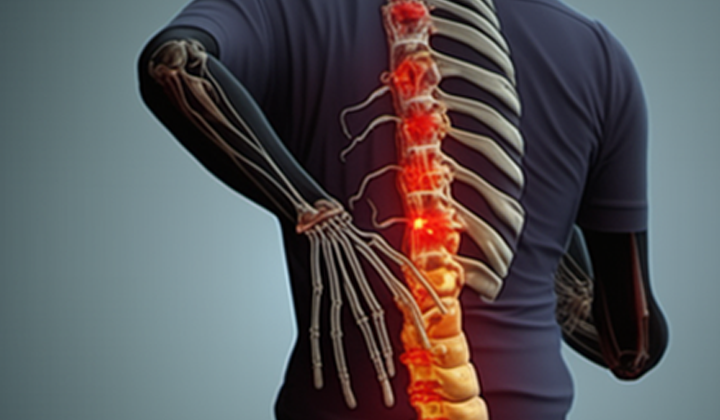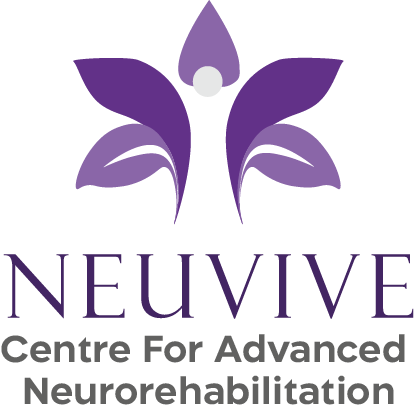
Understanding Spinal Injury
Spinal injuries are life-altering events that can have a profound impact on an individual’s physical, emotional, and social well-being. These injuries, often caused by accidents, falls, or traumatic events, can result in partial or complete loss of movement and sensation below the site of the injury. In this blog, we delve into the complexities of spinal injury, exploring its causes, types, and the critical aspects of rehabilitation and support on the road to recovery.
1. The Spine: Our Pillar of Support
The human spine is a remarkable structure, consisting of 33 vertebrae that provide support, flexibility, and protection to the spinal cord. When a spinal injury occurs, the delicate spinal cord, a bundle of nerves transmitting messages between the brain and the body, may suffer damage, leading to a variety of physical and neurological impairments.
2. Causes and Types of Spinal Injury
Spinal injuries can result from a range of incidents, such as car accidents, sports-related collisions, falls, or acts of violence. The severity and location of the injury determine its impact on the body. Incomplete injuries may result in limited movement and sensation, while complete injuries lead to total loss of function below the injury site.
3. The Emotional and Psychological Impact
Beyond the physical challenges, spinal injuries can profoundly affect mental and emotional well-being. Individuals may experience feelings of loss, frustration, and fear about the future. Coping with the sudden change in abilities and independence requires tremendous strength and support from loved ones and mental health professionals.
4. The Role of Rehabilitation
Rehabilitation is a vital component of the recovery process for individuals with spinal injuries. A multidisciplinary team of healthcare professionals, including physiotherapists, occupational therapists, and psychologists, collaborate to provide personalized care. Rehabilitation focuses on maximizing independence, improving mobility, and fostering psychological resilience.
5. Adaptive Techniques and Assistive Devices
Occupational therapists play a key role in teaching adaptive techniques to help individuals regain independence in their daily activities. The use of assistive devices, such as wheelchairs, braces, and specialized equipment, enables individuals to participate in various aspects of life and achieve a sense of normalcy.
6. Assistive Technology and Innovations
Advancements in technology continue to revolutionize the lives of individuals with spinal injuries. From exoskeletons that aid in walking to voice-activated home systems, assistive technology opens new possibilities for independence and accessibility.
7. The Power of Support Networks
The journey to recovery after a spinal injury requires a robust support network of family, friends, and healthcare professionals. Emotional support, encouragement, and understanding foster resilience and play a vital role in a person’s ability to adapt to their new circumstances.
8. Embracing a New Normal
Adjusting to life after a spinal injury involves embracing a “new normal” and finding meaning and purpose in one’s changed circumstances. Engaging in activities that bring joy, pursuing hobbies, and participating in the community can promote a sense of fulfillment and connection.
A spinal injury is a life-altering event that requires physical, emotional, and social resilience. Through specialized rehabilitation, assistive technology, and unwavering support, individuals with spinal injuries can embark on a journey of recovery and rediscovery. The strength and determination demonstrated by those navigating this path inspire us all to appreciate the power of the human spirit and the potential for a fulfilling life, regardless of the challenges we face.




